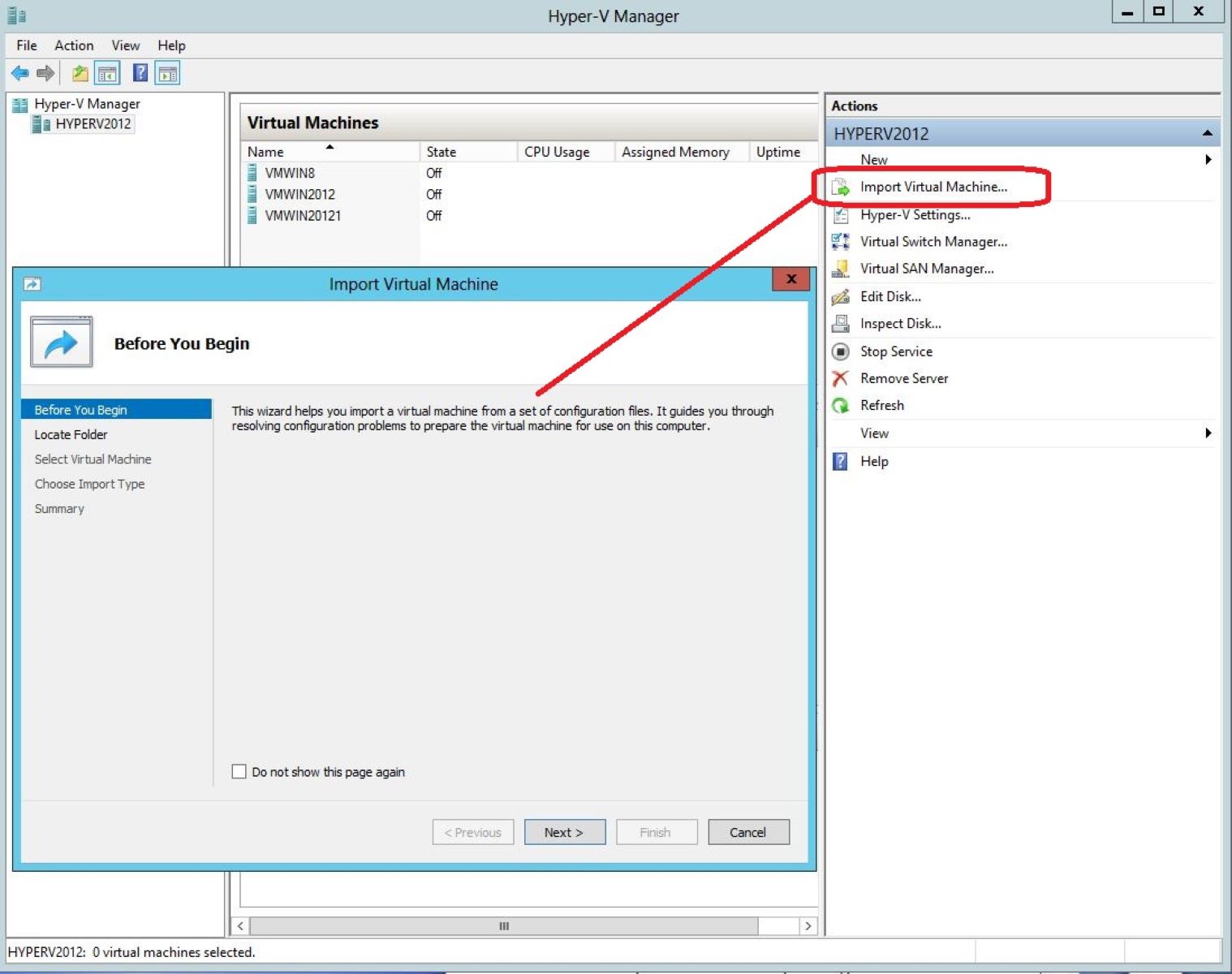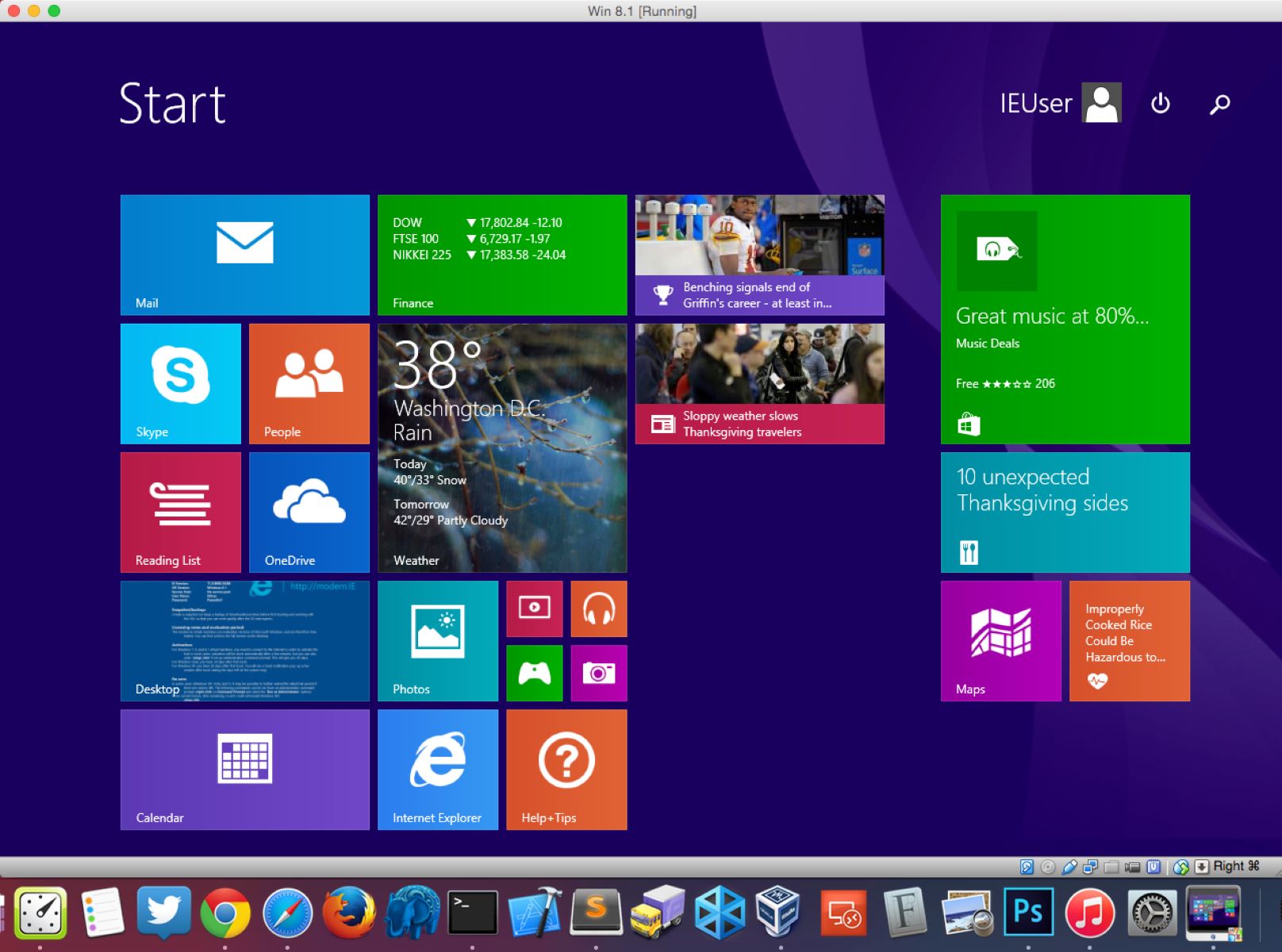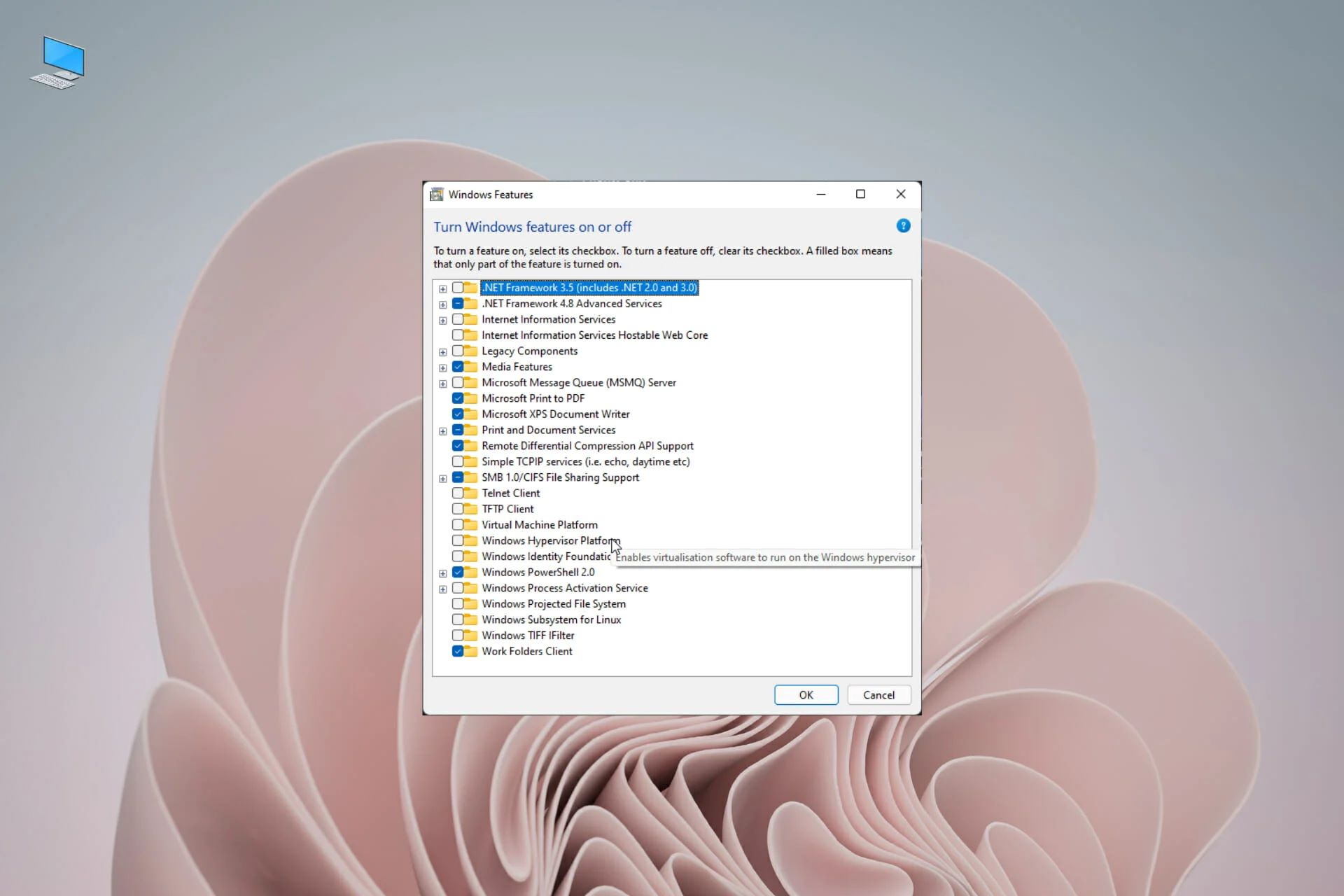Introduction
Virtualization has become the backbone of modern IT infrastructures, with virtual machines (VMs) playing a critical role in running applications and services. As organizations increasingly rely on virtualization technology, ensuring the safety and availability of virtual machines has become paramount. It is essential to have a robust backup strategy in place to protect VMs from data loss, system failures, and other unforeseen events.
In this article, we will explore the importance of backing up virtual machines in Hyper-V and discuss various methods for accomplishing this task effectively. Whether you are running a small business or managing a large-scale enterprise environment, understanding the backup options available in Hyper-V will help you safeguard your virtual infrastructure.
Backups are essentially copies of data that can be used to restore information and systems to a previous state. They serve as a safety net in case of accidental deletion, hardware failures, software glitches, or even cyberattacks. By regularly backing up your virtual machines, you can minimize downtime, protect critical data, and ensure seamless business operations.
Hyper-V, a hypervisor-based virtualization technology from Microsoft, offers multiple built-in features and tools to facilitate VM backups. Whether you prefer a graphical user interface (GUI) or command-line interface (CLI), there are options available to suit your needs.
In the following sections, we will explore different methods for backing up virtual machines in Hyper-V, including using Windows Server Backup, Hyper-V Manager, PowerShell commands, and third-party backup solutions. We will also discuss best practices that can help you optimize your backup strategy and ensure the integrity and availability of your virtual machines.
Why Backing Up Virtual Machines is Important
Backing up virtual machines in Hyper-V is of utmost importance due to several compelling reasons. Here are a few key factors that highlight the significance of implementing a robust VM backup strategy:
- Data Protection: Virtual machines often house critical business data, applications, and configurations. A backup ensures that this data is protected from accidental deletion, corruption, or malicious attacks. It serves as a safety net to recover lost or damaged information.
- Disaster Recovery: Unforeseen disasters such as hardware failures, power outages, or natural calamities can disrupt normal business operations. In such scenarios, having a backup allows for quick recovery and restoration of virtual machines, minimizing downtime and ensuring business continuity.
- System Failures: Virtual machines can be susceptible to system failures, software conflicts, or misconfigurations. Regular backups enable administrators to revert to a stable state, mitigating the impact of system failures and reducing troubleshooting efforts.
- Human Errors: Accidental user errors, such as accidental file deletions or misconfigurations, can lead to significant data loss. Backups provide a safety net to recover from these mistakes, reducing the impact on business operations and preventing data loss.
- Compliance and Legal Requirements: Many organizations have specific compliance and legal requirements governing data protection and retention. Regular backups help meet these requirements, ensuring data integrity and providing evidence of compliance in case of audits or legal disputes.
By backing up virtual machines, you can safeguard your organization’s critical data, protect against potential risks, and ensure business continuity. Neglecting to implement a proper backup strategy can result in detrimental consequences, including data loss, prolonged downtime, and financial losses.
Now that we understand the importance of VM backups, let’s explore different methods available in Hyper-V for accomplishing this crucial task.
Different Methods for Backing Up Virtual Machines in Hyper-V
When it comes to backing up virtual machines in Hyper-V, there are multiple methods available, each offering its own set of advantages. Let’s explore some of the commonly used options:
- Using Windows Server Backup: Windows Server Backup is a built-in feature of Windows Server operating systems that allows you to create and manage backups of your virtual machines. It offers a simplified backup process with a user-friendly GUI, making it suitable for beginners and small-scale deployments.
- Using Hyper-V Manager: Hyper-V Manager, another built-in tool in Windows Server, provides a graphical interface to manage virtual machines. It also offers the ability to create and manage VM backups. This method provides more control and flexibility, allowing you to specify backup settings and schedule backups based on your requirements.
- Using PowerShell Commands: PowerShell, a powerful command-line interface, offers extensive capabilities for managing Hyper-V. You can leverage PowerShell commands to automate the backup process, schedule backups, and manage backup configurations. This method is suitable for advanced users who prefer scripting and automation.
- Using Third-Party Backup Solutions: There are numerous third-party backup solutions available in the market specifically designed for Hyper-V environments. These solutions offer advanced features such as incremental backups, granular recovery options, and centralized management. They provide flexibility, scalability, and additional functionality that may not be available with built-in tools.
Each method has its pros and cons, and the choice depends on factors such as the size of your environment, level of control required, budget constraints, and specific backup requirements. It is advisable to evaluate the features and capabilities of each method and choose the one that best aligns with your organization’s needs.
In the following sections, we will explore each method in detail, providing step-by-step instructions and guidelines to help you successfully back up your virtual machines in Hyper-V.
Using Windows Server Backup
Windows Server Backup is a built-in feature in Windows Server operating systems that provides a simple and straightforward method for backing up virtual machines in Hyper-V. It offers a user-friendly graphical interface, making it an ideal choice for beginners and smaller deployments.
Here’s a step-by-step guide on how to use Windows Server Backup to back up your virtual machines:
- Launch the Windows Server Backup tool from the Start menu or by typing “wbadmin.msc” in the Run dialog.
- Select “Local Backup” and choose “Backup Once” or “Backup Schedule” based on your preference.
- On the “Backup Configuration” page, select “Custom” to specify the items you want to back up.
- In the “Items to Backup” section, click on “Add Items” and select the virtual machines you want to include in the backup.
- Choose the backup destination, which can be a local disk, a network share, or a dedicated backup drive.
- Configure the backup schedule if you have chosen “Backup Schedule”. Specify the frequency and time of backups as per your requirements.
- Review the backup settings on the summary page and click “Finish” to start the backup process.
- Monitor the backup progress, and once completed, verify the backup image to ensure its integrity.
Windows Server Backup also provides options to restore virtual machines from backups. You can perform a full restore or restore individual files and folders from a specific backup image.
It is worth noting that while Windows Server Backup offers a straightforward backup solution, it may lack some advanced features available in third-party backup solutions. If you require features like incremental backups, centralized management, or more granular recovery options, you may consider exploring other backup methods or third-party solutions.
In the next section, we will discuss another method for backing up virtual machines in Hyper-V using Hyper-V Manager.
Using Hyper-V Manager
Hyper-V Manager, a built-in tool in Windows Server, provides a graphical interface to manage virtual machines and offers a convenient method for backing up your VMs. This method gives you more control and flexibility compared to Windows Server Backup, making it suitable for those who require specific backup settings and scheduling options.
Here’s a step-by-step guide on how to use Hyper-V Manager to back up your virtual machines:
- Launch Hyper-V Manager from the Start menu or by typing “virtmgmt.msc” in the Run dialog.
- Locate the virtual machine you want to back up in the Virtual Machines list.
- Right-click on the virtual machine and select “Export…” to initiate the backup process.
- Choose a destination folder where the backup files will be stored. It is recommended to use a separate disk or network location for better data protection.
- Select the desired options, such as exporting the virtual machine in an offline or online state, selecting specific disks or configurations to export, and ensuring that the export operation includes all necessary files.
- Click “Finish” to start the export process.
- Monitor the export progress, and once completed, verify the backup files in the destination folder.
Hyper-V Manager allows you to export both individual virtual machines and multiple virtual machines simultaneously. This flexibility makes it easier to manage and organize your backup files.
In addition to exporting virtual machines, Hyper-V Manager also provides options for importing and restoring virtual machines from backup files. This allows for easy recovery in case of system failures or VM migrations.
While using Hyper-V Manager for backups offers more flexibility than Windows Server Backup, it is important to note that it may not provide advanced features like incremental backups or centralized management. If you require more robust backup capabilities, you may consider exploring other backup methods or third-party backup solutions.
In the next section, we will delve into the use of PowerShell commands for backing up virtual machines in Hyper-V.
Using PowerShell Commands
PowerShell, a powerful command-line interface, offers extensive capabilities for managing Hyper-V, including backing up virtual machines. Using PowerShell commands provides automation and flexibility, making it an ideal choice for advanced users who prefer a scripting approach for managing backups.
Here’s a step-by-step guide on how to use PowerShell commands to back up your virtual machines:
- Open PowerShell with administrative privileges.
- Connect to the Hyper-V host server where the virtual machines are located using the command:
Connect-VIServer -Server "HyperVHost". - List the virtual machines available on the host using the command:
Get-VM. - Select the virtual machine(s) you want to back up. You can use filters or specify individual virtual machine names.
- Initiate the backup process using the
Export-VApporExport-VMcmdlets, depending on your specific requirements. - Specify the backup destination path and desired options, such as including subfolders or excluding specific files, using the available parameters.
- Execute the PowerShell command to start the backup process.
- Monitor the progress of the backup operation and verify the backup files in the specified destination path.
PowerShell commands provide the flexibility to schedule backups, automate the process, and customize backup settings based on your requirements. You can leverage PowerShell scripts to create complex backup workflows involving multiple virtual machines, recurring backups, and other advanced scenarios.
It’s important to note that PowerShell commands require a good understanding of the scripting language and Hyper-V concepts. It is recommended for advanced users or those comfortable with command-line interfaces.
In the next section, we will explore the use of third-party backup solutions for backing up virtual machines in Hyper-V.
Using Third-Party Backup Solutions
In addition to the built-in backup features, Hyper-V users have the option to leverage third-party backup solutions specifically designed for virtualized environments. These solutions offer advanced features, scalability, and centralized management, providing a comprehensive backup solution for Hyper-V virtual machines.
Here are some advantages of using third-party backup solutions:
- Incremental Backups: Many third-party backup solutions offer incremental backup capabilities, which only back up the changes made since the last backup. This reduces backup time, storage requirements, and network bandwidth, making the backup process more efficient.
- Granular Recovery Options: Third-party backup solutions often provide more granular recovery options, allowing you to restore individual files, specific application items, or even granularly recover entire virtual machines. This flexibility can save time and effort when performing partial or selective restores.
- Centralized Management: Unlike the built-in backup methods, third-party solutions often provide centralized management consoles that allow you to monitor, schedule, and manage backups across multiple Hyper-V hosts and virtual machines from a single location. This streamlines backup administration and provides a unified view of your backup infrastructure.
- Additional Features: Third-party backup solutions may offer additional features such as deduplication, compression, encryption, replication, and integration with cloud storage providers. These features enhance data protection, optimize storage space, and provide a higher level of security and flexibility.
When selecting a third-party backup solution, consider factors such as compatibility with your Hyper-V environment, ease of deployment and use, support for the desired features, scalability, and vendor reputation. It is recommended to thoroughly evaluate different solutions and choose the one that best meets your organization’s backup requirements and budget.
It is important to note that while third-party backup solutions provide advanced features, they may come at a cost. Consider your organization’s budget and the value added by the additional features when choosing whether to invest in a third-party backup solution.
In the next section, we will discuss best practices to consider when backing up virtual machines in Hyper-V.
Best Practices for Backing Up Virtual Machines in Hyper-V
Implementing best practices for backing up virtual machines in Hyper-V ensures the reliability, efficiency, and success of your backup strategy. Here are some key practices to consider:
- Regular and Consistent Backup Schedule: Establish a regular backup schedule based on the criticality of your virtual machines and the frequency of data changes. Consistency in backup schedules ensures that you have up-to-date backups of your VMs.
- Follow the 3-2-1 Backup Rule: Adhere to the 3-2-1 backup rule, which states that you should have at least 3 copies of your data, stored on at least 2 different media, with 1 copy stored off-site or in the cloud. This rule provides redundancy and protects against various failure scenarios.
- Consider Incremental Backups: Whenever possible, leverage incremental backups to reduce backup time and storage requirements. Incremental backups only capture changes since the last backup, resulting in faster and more efficient backup operations.
- Verify Backup Integrity: Regularly verify the integrity of your backup data to ensure that it can be successfully restored. Perform periodic test restores to validate the recoverability of your virtual machines.
- Secure Backup Storage: Store your backup data on reliable and secure storage media. Ensure that the backup storage is protected from physical damage, unauthorized access, and potential data breaches.
- Store Backups Off-Site or in the Cloud: In addition to local backups, consider storing copies of your backups off-site or in the cloud. This provides an additional layer of protection against site-wide disasters and ensures that your data remains accessible even in such events.
- Document and Test Restore Procedures: Document the procedures for restoring virtual machines from backups and ensure that they are up-to-date. Perform regular test restores to validate the restore process and familiarize yourself with the steps involved.
- Monitor Backup Jobs: Regularly monitor backup jobs to ensure they are running successfully, without errors or interruptions. Configure email alerts or notifications to be informed in case of backup failures or issues.
By following these best practices, you can optimize your backup process, enhance the protection of your virtual machines, and streamline recovery operations in case of data loss or system failures.
Remember that backup strategies should be regularly reviewed and adapted to evolving business needs, technology advancements, and compliance requirements.
Now that we have explored the best practices for backing up virtual machines, let’s conclude our discussion.
Conclusion
Backing up virtual machines in Hyper-V is crucial to protect your critical data, ensure business continuity, and mitigate the impact of system failures or disasters. With the variety of backup methods available, you can choose the approach that best fits your needs and requirements.
In this article, we discussed several methods for backing up virtual machines in Hyper-V. We explored using built-in tools like Windows Server Backup and Hyper-V Manager, as well as leveraging PowerShell commands for automation and flexibility. Additionally, we highlighted the benefits and features of third-party backup solutions that offer advanced capabilities, centralized management, and granular recovery options.
To ensure the success of your backup strategy, it is important to follow best practices such as establishing a regular backup schedule, verifying backup integrity, securing backup storage, and testing restore procedures. By implementing these practices, you can optimize your backup process and increase the reliability of your backups.
Remember that no single backup method is suitable for every scenario. It is essential to assess your organization’s requirements, scalability needs, and budget constraints to make an informed decision about the backup solution that best aligns with your specific needs.
By taking the time to implement an effective backup strategy and choosing the appropriate backup method, you can confidently protect your virtual machines, safeguard critical data, and ensure uninterrupted business operations.
So, start implementing a comprehensive backup plan for your Hyper-V virtual machines today, and gain the peace of mind that comes with knowing your data is secure and recoverable.

























